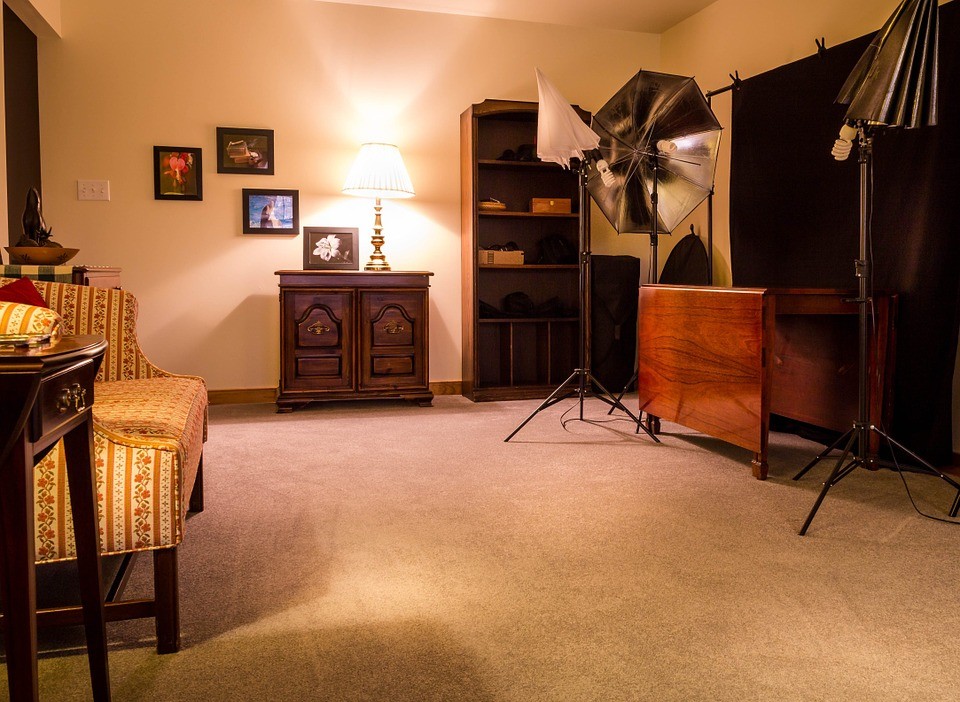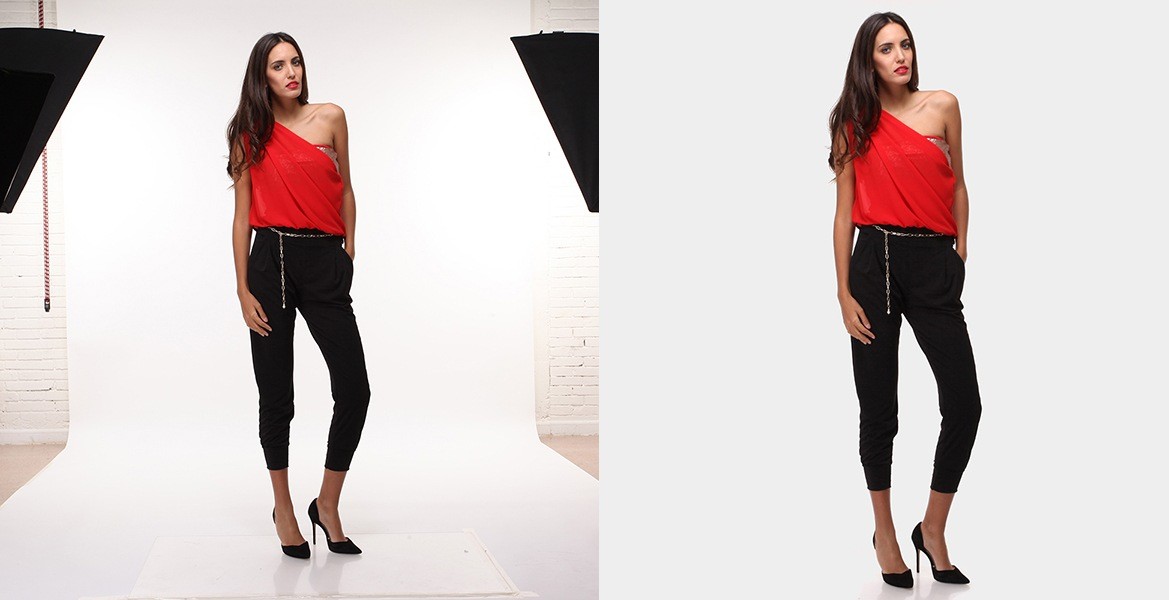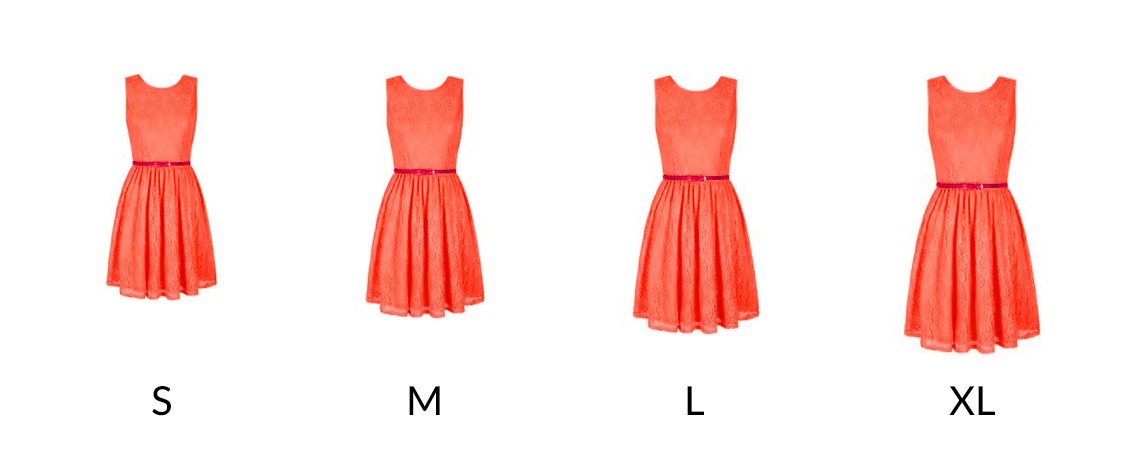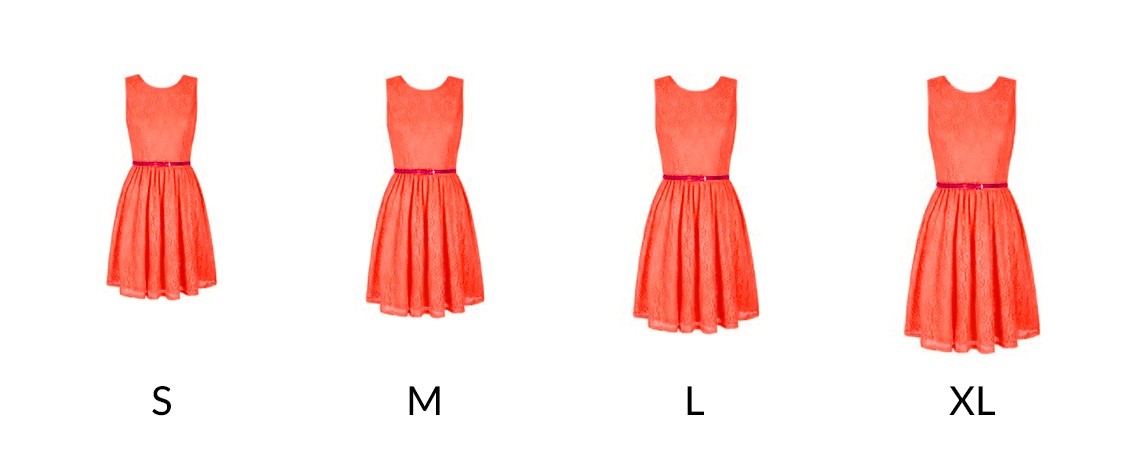If you are professional photographer, a beautiful pictures requires the good techniques as well as ensure the quality of images. If you feel not satisfied with your pictures, you must find the cause of problem, and cropping photos is one of the effectively solution for digital photography. Thus, what and how to crop effectively the images?
First, you can know and understand what are cropping photography?. Crop the images is just as simple as cutting it down to the size you need for your print layout, then you’re missing out on all that the crop tool has to offer. Using cropping a photo will help you have a drastic impact on the visuals and can even manipulate the way the audience engages with it emotionally. This is usually done in photo editing software, most cameras come with software that will enable this but these days many cameras can also do it within the camera itself.
Crop the images give you a great chance to frame your images and can be used in some of the following ways.
You have to consider some crucial things when cropping:
– You should duplicate your images first. This will help you keep an original that you can go back to later to find a different way to crop.
– You need to take your time when cropping. There are almost unlimited ways to crop an image and it’s worth trying a few of them before settling on one.
– If you want to change the shape of your image this could make printing more difficult, especially you should attend the important thing that is shapes and sizes.
Cropping works best when you’re starting with a fairly large image. When you crop an image and then try to view it at the same size as it was before you cropped you’ll notice that the pixels are large. If you’re using small images keep this in mind or you’ll notice the quality of your images can decrease to an unusable level.
For this reason the ideal is to use cropping as a fine tuning of a well framed picture.
In addition, below we will give you some great suggests for cropping images.
Covering Framing Mistakes
One common problem that face digital photographers are shots that have one side of your subject very close to the edge of the frame, or even have it chopped off by the frame. This can become effects that make reader’s eyes feel quite cramped and not complete. For example when taking a portrait:
While you can never really add to the photograph to put more space around your subject, cropping the image even tighter can take the focus away from the clipped part of your subject and make the image quite dynamic.
Remove unnecessary details
It will get messy if you take out any of the unnecessary details for images that might distract from the story or subject you’re trying to tell. You don’t want your photograph to end up in a lattice of funniest photo bombs, so remove unnecessary the background for anything that affects to the content of your pictures and you might draw focus away from your subject. Let’s pay close attention to the edges of the photo and the areas furthest away from the subject are the areas that the photographer are most likely to have neglected.

People always like adding the cumbersome details to decorate their photos and think that it is beautiful but they do not think that the cumbersome details make the biggest distractions and the eyes are naturally drawn to faces in photographs. Anything that breaks the flow of the photograph or draws attention away from the subject should be on the chopping block.
Don’t be afraid to experiment
Sometimes you need to break the rules to make a bold statement, so don’t be afraid to play around with the crop tool and experiment with different techniques before settling on one design. You can crop the same photo with many different ways and give drastically different results. It will become useful ways that you can experience and find the most effective ways for your photos.
Try cropping at different angles and rotating the picture to compensate, creating a dynamic composition effect. If you try to crop faces in half, this help you create a sense of mystery. Maybe leave in an odd background detail to create contrast with your subject. Don’t be afraid to go off the beaten path and new experiences so long as you keep a backup of the original photo, you can always try again if your experiments fail.
Cropping with different shapes
The advantage of the crop tool is that it allows you to turn a landscape photo into a portrait or vice versa. Changing the size and shape of your cropping field can have a drastic effect on the nature of the photo itself, especially when you play against the orientation of the original photo or you can create many different photos in different shapes. This will help create the variety for your photos and help you can choose the most beautiful shapes for your images before posting.

Using a golden rectangle for images is a often a good choice, but you don’t even have to keep your photos a rectangular shape at all, especially when you’re using them for a print design. Your photos could be circular, hexagonal, heart-shaped whatever works for your design.
Avoid focusing too to your subject
Unless the photo you’re cropping is a portrait, there’s not always a need to make the subject completely centered in the shot. You have to use small details to decorate your photos as well as well your subject. This will help you subject become more special more harmonious before the viewer’s eyes. Let’s remember that the rule of thirds still applies when you’re cropping a photograph, so make sure you frame your subject in the areas that are going to draw the most attention.
There are some basic way to prove the effective usage of cropping the images. Let’s think of the crop tool as an invisible frame that draws the eye towards the most important aspects of your photo. Making the right cuts in your photo can have a drastic impact on the visuals and can transformer your artwork become more perfect before viewer’s eyes.
Fotosolution – our team do cropping, positioning and file size optimization for nearly all the images that we process. By carrying out these processes in a line after isolating and any additional editing), the images are 100% ready for final use. If you should our support, please do not hesitate to contact us. If you have any opinions as well as any questions concerned about this subject, let me know in the comment below.




































